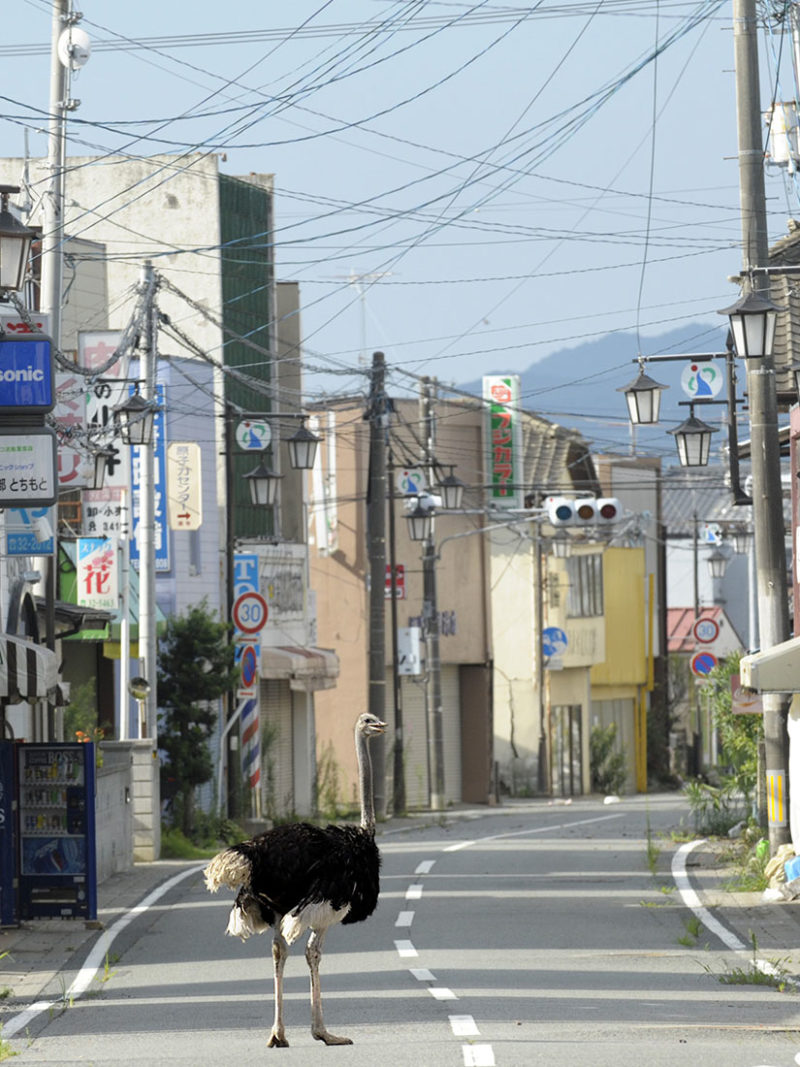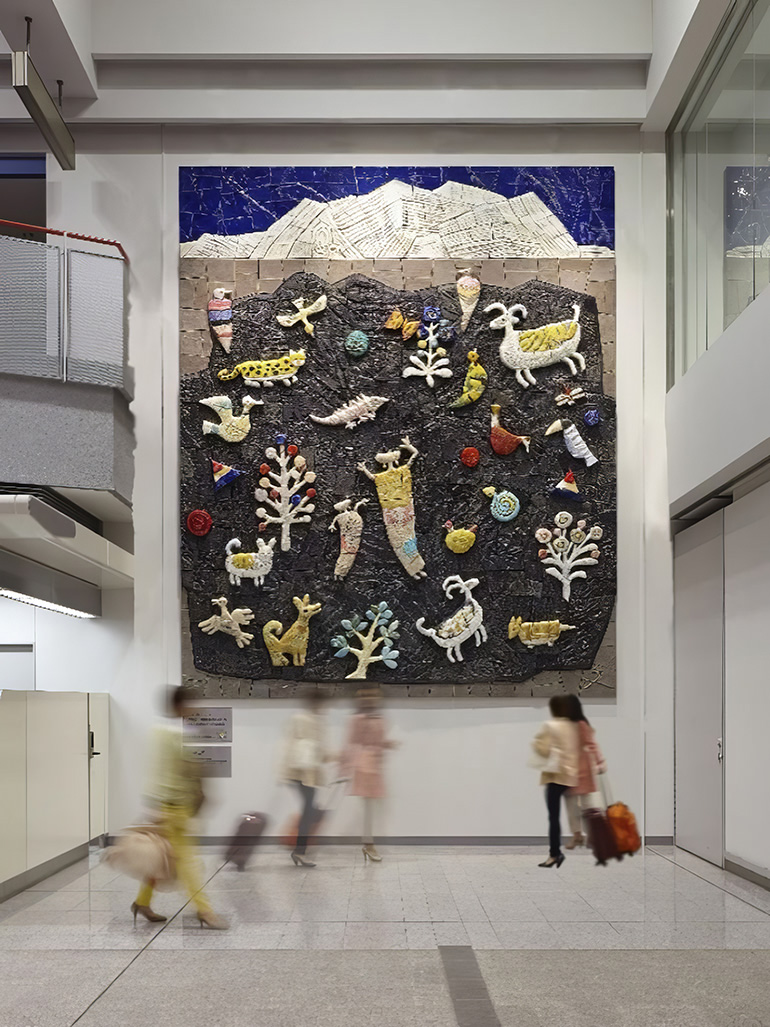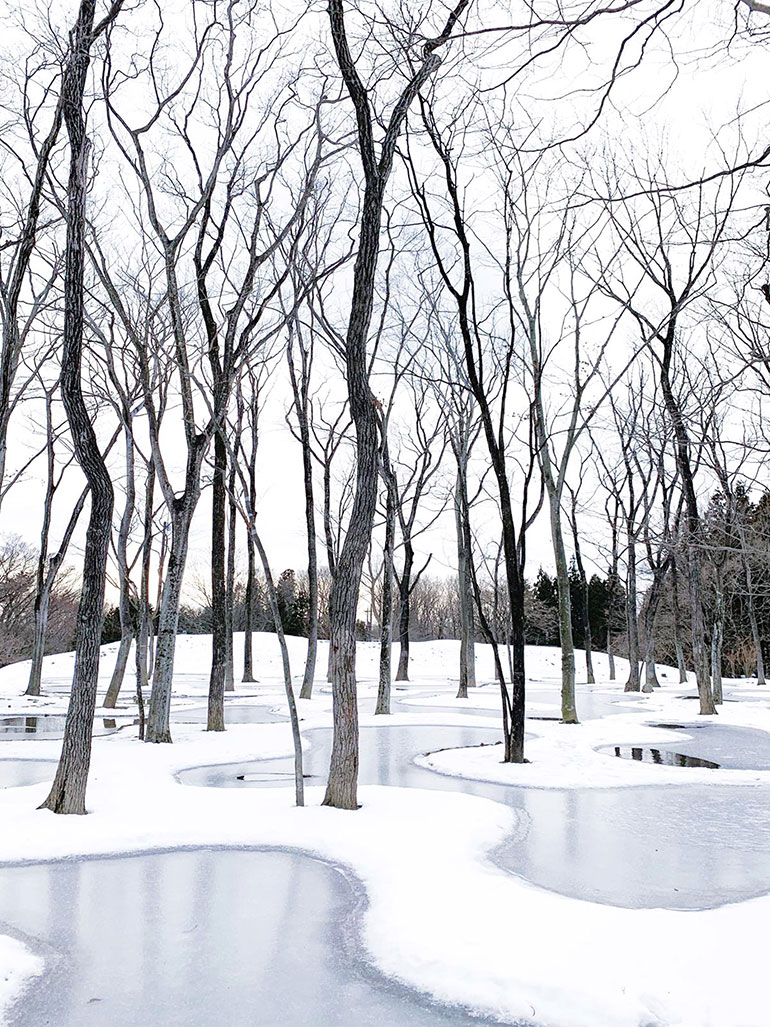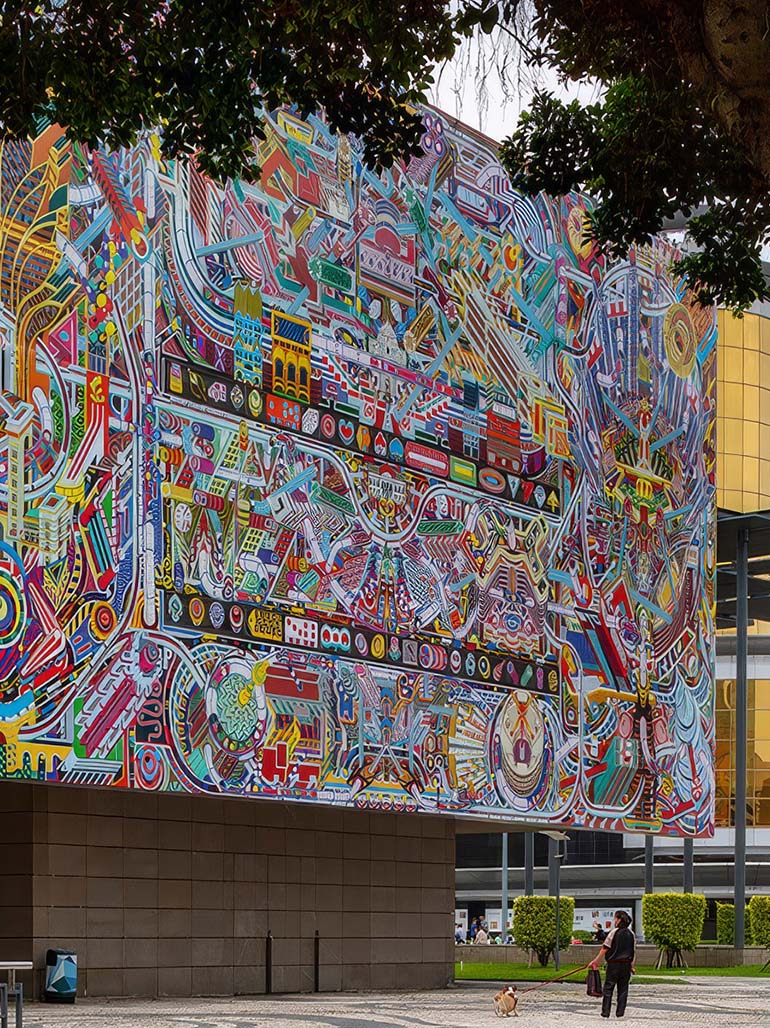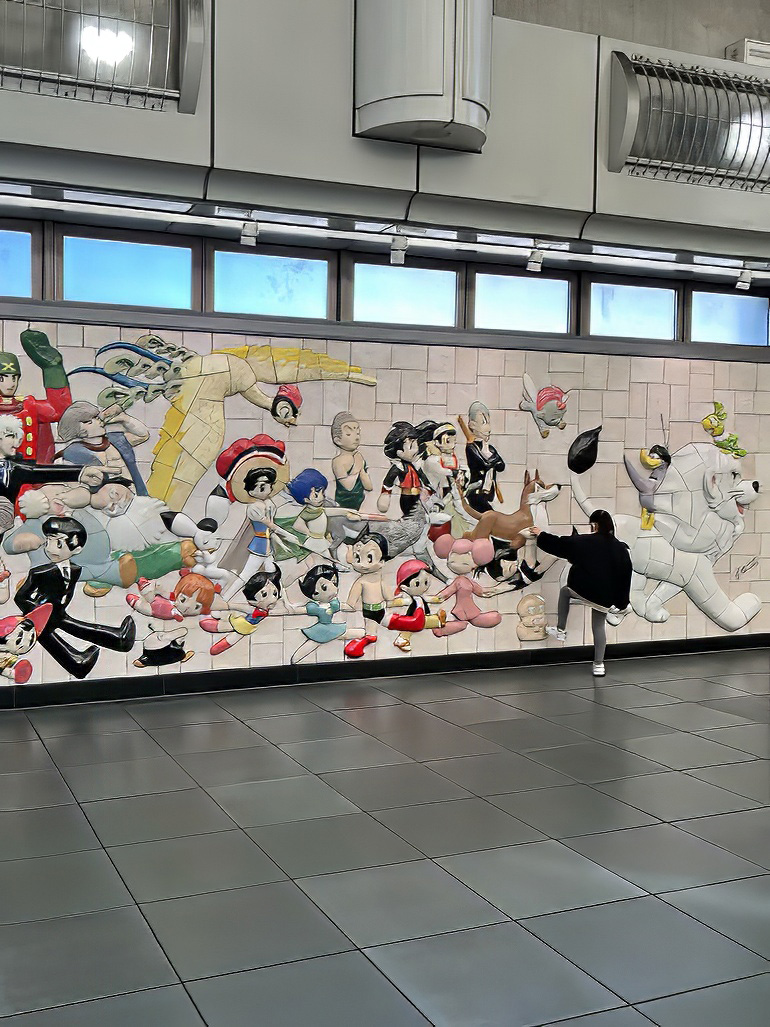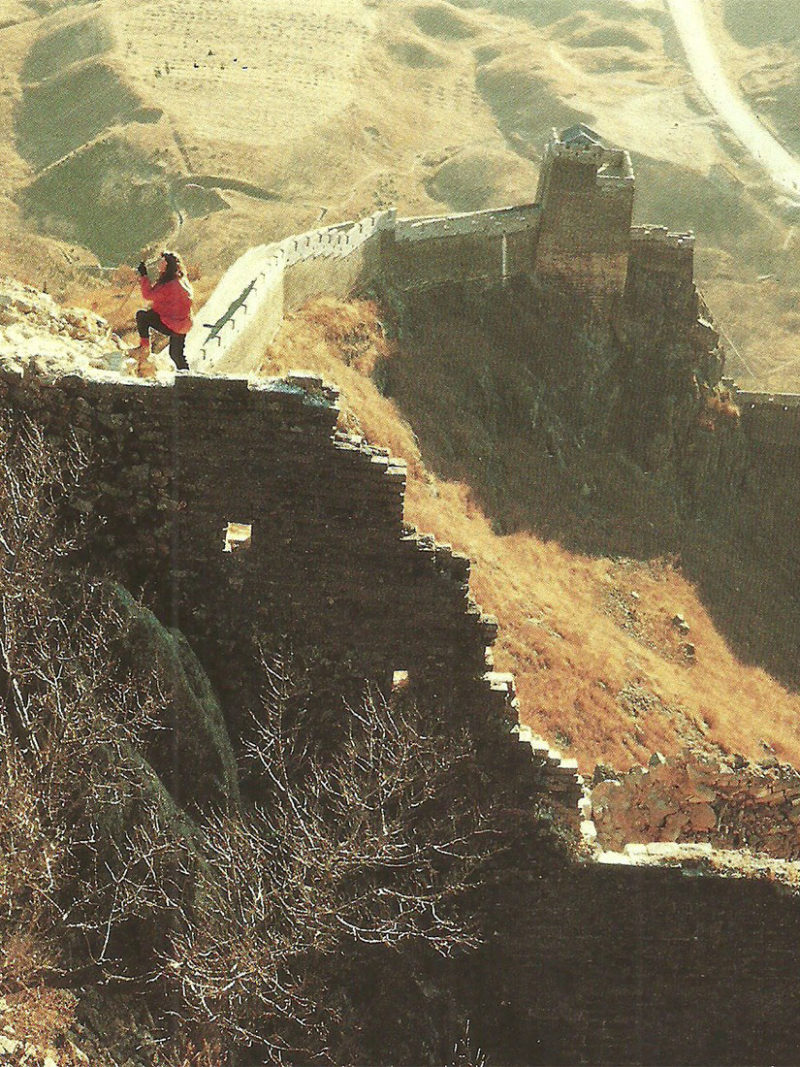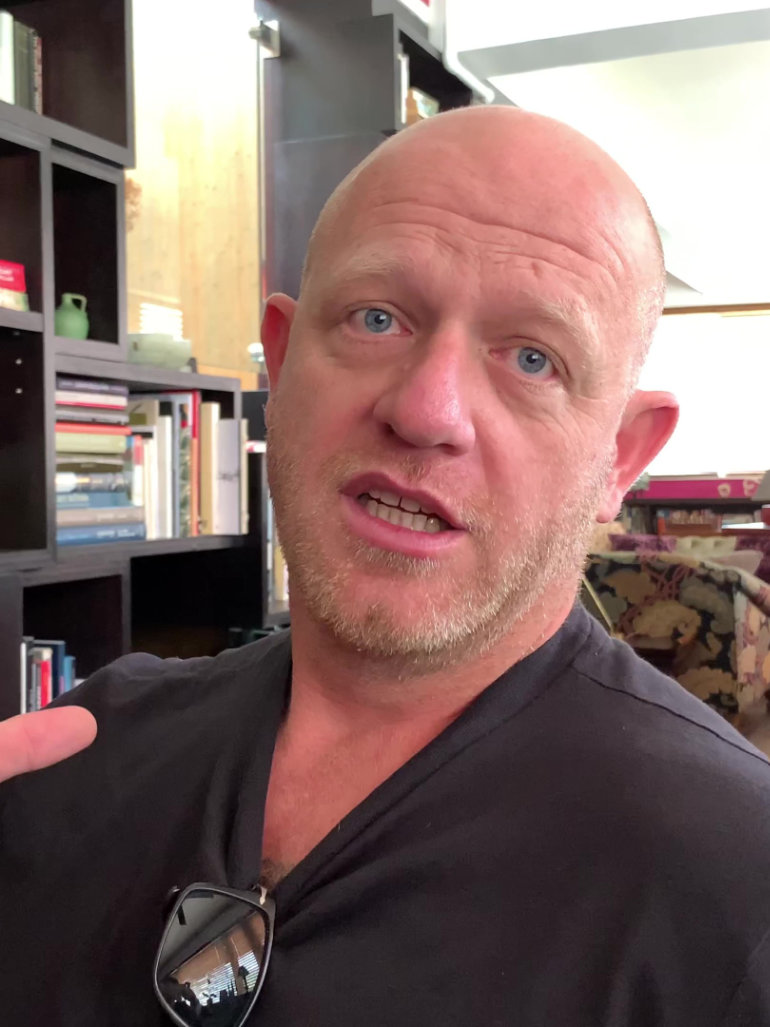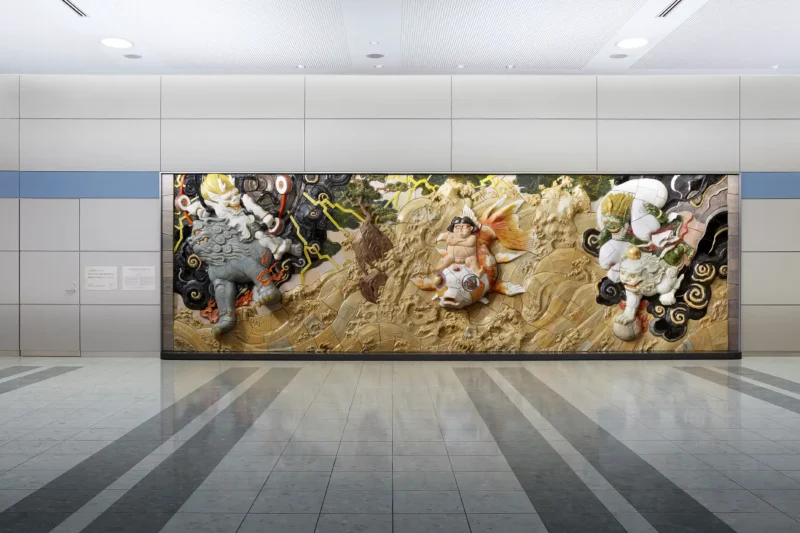
Katsuhiro Otomo’s relief
Katsuhiro Otomo 1, the creator of Akira, the 1988 Japanese animated cyberpunk action film, is one of the most well-known manga 2 artists, animators, screenwriters, and film directors in the world.
Though he is best known for his manga series and film adaptations, Otomo crossed over into the sculpture world when he was asked to design a relief for the 1st floor of the terminal building at Sendai Airport 3 in Japan 4.

The completed mural was based on an illustration created by Otomo. Even though the mural features numerous components of traditional Japanese art, the relief still managed to retain the artist’s dark, playful style, which can be seen in this relief in the form of the boy wearing thick-rimmed glasses.
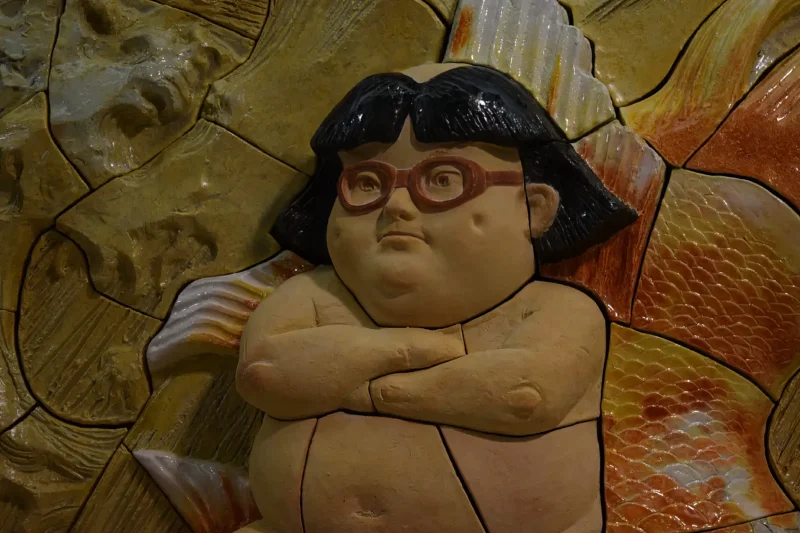
What the relief shows
The mural at the Sendai Airport depicts a boy riding a robotic goldfish in the face of the storm while he’s being bordered by Fujin and Raijin, the formidable Japanese gods of weather. Specifically, Raijin is the god of storms, lightning, and thunder and is usually depicted in many artworks holding hammers that are surrounded by drums.

In these depictions, Raijin is typically seen with three fingers on each hand to symbolize the past, present, and future. As you can expect, Raijin is one of the most dreaded deities in Japan. Fujin, on the other hand, is the god of wind, which is why he is habitually portrayed holding a bag full of wind. That’s why Fuijin has wild hair and a messy appearance, due to all the wind surrounding him.
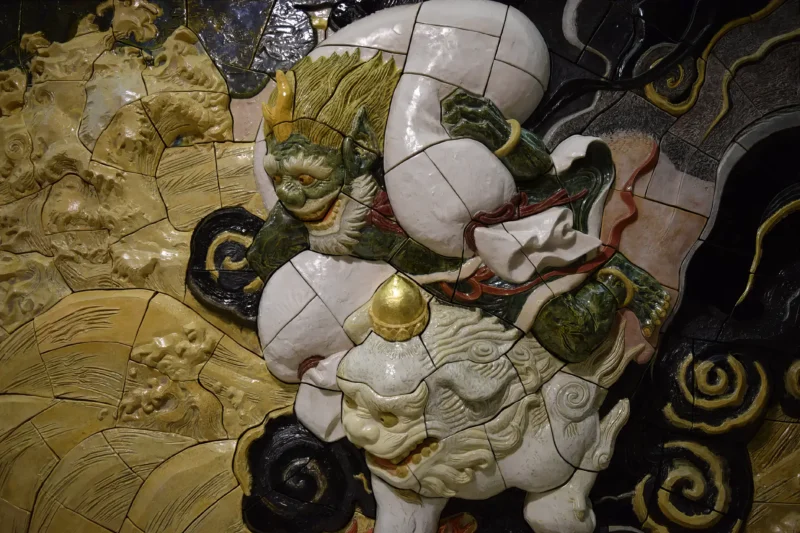
Throughout history, Japan has always dealt with massive typhoons that cause extensive damage and, worse, deaths in the hundreds. The mural masterfully combines traditional Japanese mythological elements with Otomo’s distinct artistic flair and shows a journey through adversity towards a hopeful future.
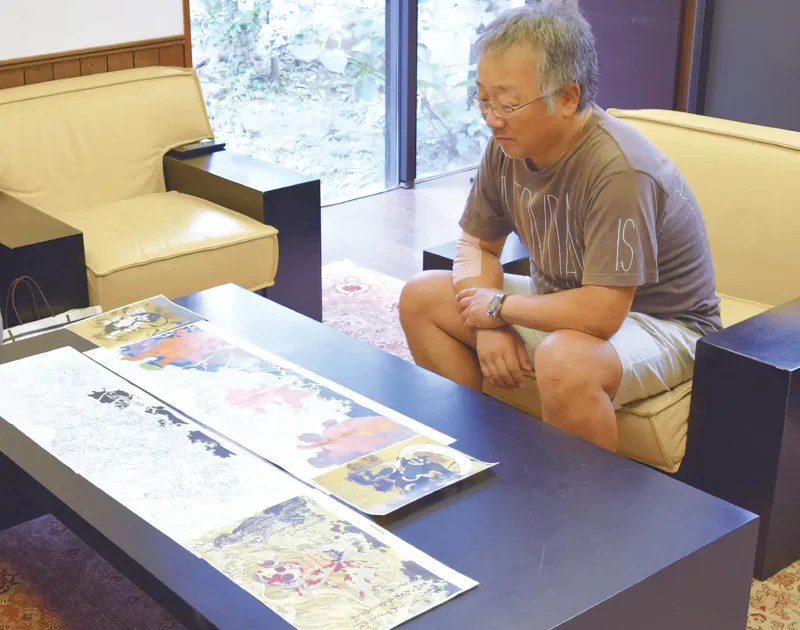
A disaster inspired its creation
Based on the two gods, Fuijin and Raijin, the mural at the Sendai Airport was therefore created to commemorate the Tōhoku earthquake and tsunami, a severe natural disaster that took place in March 2011. The Great East Japan Earthquake, one of the most devastating in Japan’s history, deeply impacted the area, and according to Otomo, symbolically represents the region’s journey towards recovery and renewal. This characterization of the mural by its creator adds depth to our understanding of its symbolic importance.

The earthquake and tsunami killed 20,000 individuals and is still recorded as the strongest earthquake in Japan’s history. The quake struck 81 miles east of Sendai, the largest and most populated city in Tohoku, which is situated in the northern part of Honshu island. The natural disaster ruthlessly crippled the country’s infrastructure while also destroying homes, roads, businesses, railways, and more in their thousands.
The tsunami also led to the meltdown of three nuclear reactors situated at the Fukushima 5 Daiichi Nuclear Power Plant. This breakdown consequently released radioactive materials into the environment, thus causing the residents to evacuate everything that they had built behind.
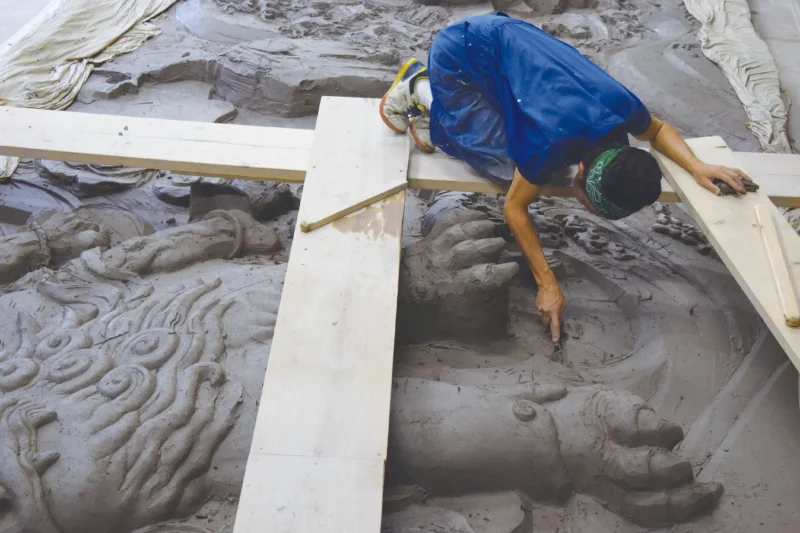
Production
Crafted from 12 tons of clay, the mural is a testament not only to artistic vision but also to the substantial effort and craftsmanship involved in its making. This hefty material choice conveys a sense of gravity and permanence, befitting the serious nature of the event it commemorates. The physicality of the mural, with its large scale and weight, highlights the monumental task of its creation, paralleling the extensive efforts required for the region’s recovery.
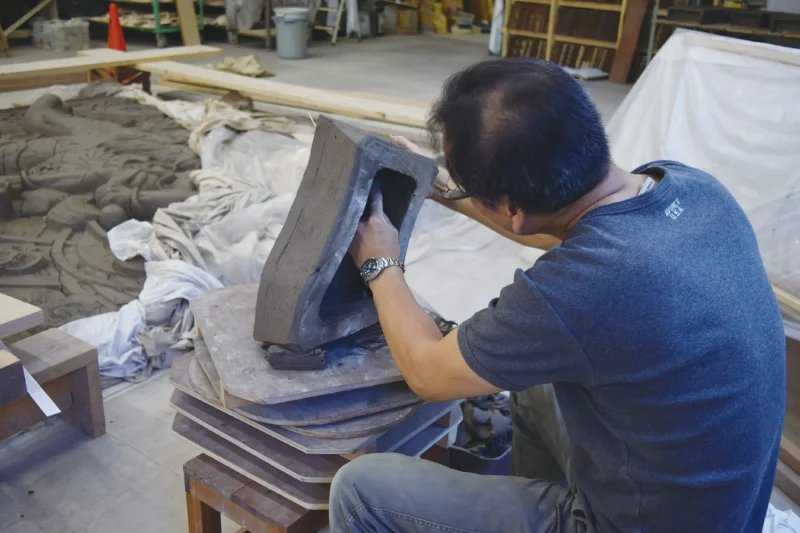
In a twist to its story, the mural was not crafted in the Tohoku region, which it honors, but rather in Atami, Shizuoka Prefecture. This geographic detail underscores the widespread impact of the Tohoku disaster and the collective effort of recovery. Unveiled on February 3, 2015, before its eventual installation at Sendai Airport, the mural’s journey from creation to display mirrors the overarching narrative of resilience and rebuilding that it represents.
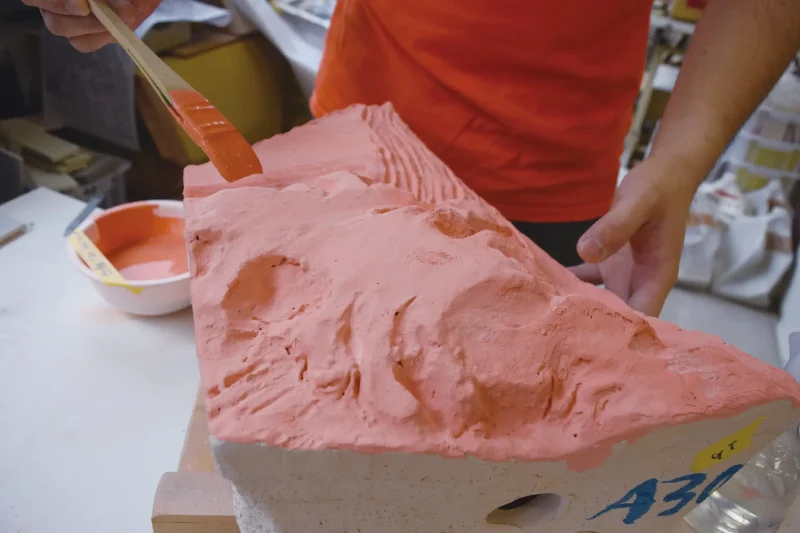
Why Otomo was the perfect artist for this project
Otomo was the perfect person to design the mural because he grew up in Tome, Miyagi Prefecture, which is part of the Tohoku region. The relief was designed and created by a team of 10 artists at the popular CREARE Atami-Yugawara Studio 6, thanks to the financial support given by the Japan Lottery Association.
The planning process was undertaken by the Japan Traffic Culture Association, which has always served its mission of installing public works throughout Japan’s stations and airports. The 24-square-meter mural was installed on March 12, 2015, just in time to commemorate that fateful day of the earthquake and tsunami.
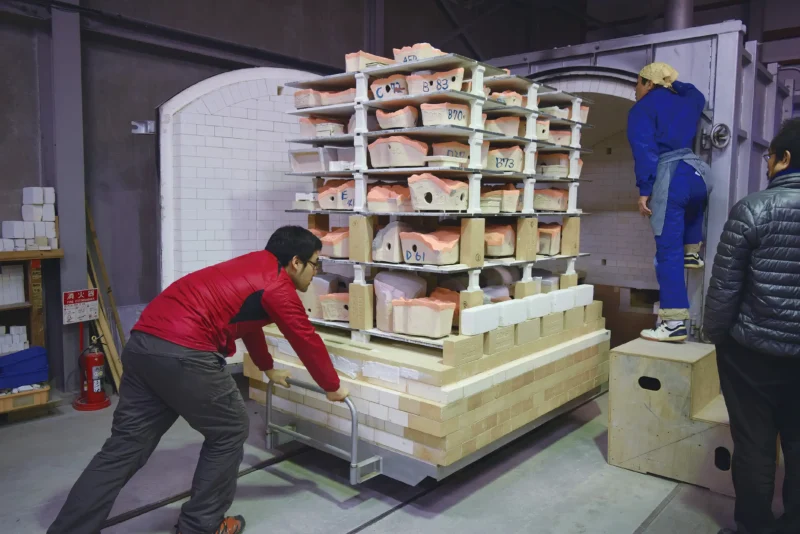
Katsuhiro Otomo envisioned his mural as more than just an artistic creation; he saw it as a tool for engaging and educating the younger generation. He expressed his hope 78 that the artwork would not only captivate but also enlighten:
I hope the relief will help children who do not know about the disaster become interested in it. It will hopefully give an opportunity for them to talk about the disaster and the area’s recovery with their parents.
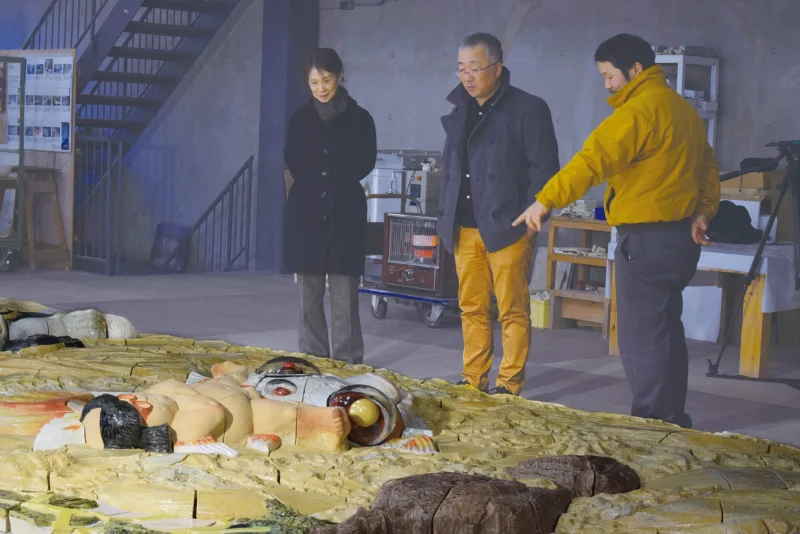
Explore nearby
Sendai Airport, Japan
 The abandoned animals of FukushimaPhoto documentation (2012)61 km away
The abandoned animals of FukushimaPhoto documentation (2012)61 km away Fumiko Hori's mural110 km away
Fumiko Hori's mural110 km away Junya Ishigami's Art Biotop Water Garden146 km away
Junya Ishigami's Art Biotop Water Garden146 km away
